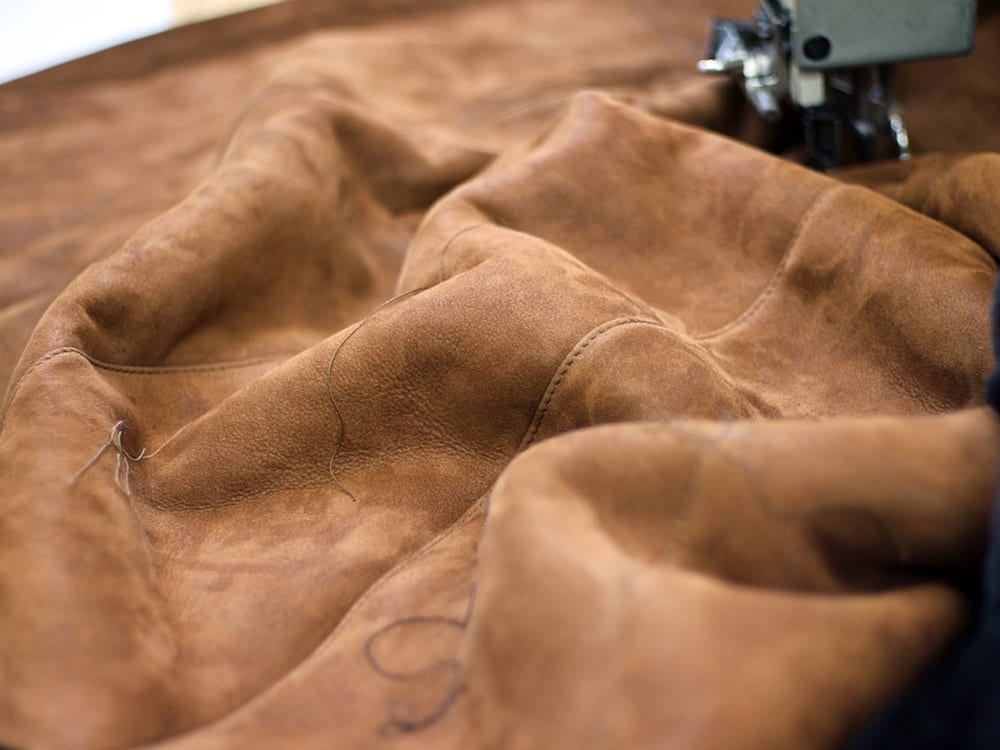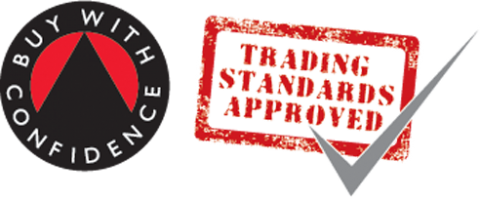It is important to us that customers fully understand our products and their differentiation from one another, along with the aftercare required for each and expected longevity.
In the office we are asked a lot of questions regarding our products on a weekly basis, which we are quite pleased about as it shows that purchasers are now making more informed choices and are interested in the processes involved when creating a product; so we thought we’d answer some commonly asked questions here and highlight anything we think you should know when investing in a luxury sheepskin product.
‘I’d like to ask the difference between your sheepskin moccasins and the premium, they look identical but the price difference is huge?’
Our sheepskin moccasins are crafted using double-faced sheepskin, this means that the moccasins are crafted using the whole sheepskin, in the same manner, it would be if it were still on the sheep with the skin and wool intact, this guarantees ultimate luxury with warmth and breathability, this is as traditional as you can get! Our premium moccasins are a suede outer with a wool lining inserted onto a mesh lining, as a result, they are thinner and cooler but still crafted using a natural British sheepskin suede.
‘Is lambskin more luxurious than sheepskin?’
In short, yes lambskin is a finer wool with a tight curl, the skin is gorgeously soft and supple too; sheepskin is thicker and a denser wool but it is warmer than lambskin, perfect for harsh winter weather.
‘Is it possible for you to tell me the exact origin of your sheepskins, such as which farms they come from?’
Unfortunately not, this is because our tanneries work with farms all across the country and it would be impossible to fully track each skin to every farmer as they sort through hundreds every month, we have a rough idea of location but nothing exact unless we specify a breed such as Herdwick, Jacob, Icelandic, Mongolian etc.
Is it true some skins are hard to source, we want a particular colour but find you don’t have them in stock very often?
Yes it is extremely difficult to obtain some skins, especially if a specific colour or pattern is required; this is due to the fact that quite a lot of the skins are dependant on the age of the animal, such as we know that Herdwick sheep do not develop the silvery grey tones in their wool until they reach older maturity and because our skins are a by-product we are at the mercy of the farmer as to when he/she chooses to send their lambs away for food production. We then get the skins from our tanneries and the demand from customers is very great, it is a tricky process but we always do our best to get our clients what they ask for, even if it takes quite some time!
Is there a difference between leather from a cow, goat and from a sheep?
Yes, sheep nappa is a finer and smoother skin, it is often used to craft luxurious gloves and purses, whereas cow leather is more frequently used for belts and other heavier duty products like briefcases, goat leather is often used for chamois but we often find now that sheepskin is also used.
If I wanted to craft a garment, do I have to use a specific sheepskin?
Yes, this is a question we have a lot from those who want to repair or reupholster items, we always recommend shearling sheepskin for garment construction as the skin is incredibly soft and supple making it perfect for needlework and dressmaking.
If you have a question regarding one of our products that we haven’t answered on our website please do contact us.
If you would like more information on cleaning and care of sheepskin and hides please view the following articles:
- Our Best Cleaning Products For Your Sheepskin & Cowhides
- Lambland Woolwash
- Best Ways To Look After Your Sheepskin Rug
- Care of your Sheepskin
*This article was updated on 30th January 2024




